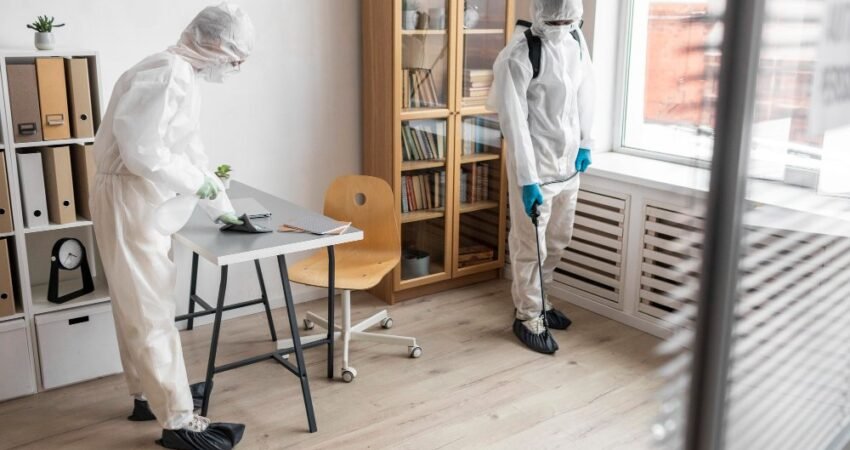Introduction
Pests can be a nuisance in both homes and offices, causing damage to property and posing health risks. Understanding the common pests and how to prevent them is crucial to maintaining a clean and safe environment. Here’s a guide to some of the most common pests and tips on how to keep them at bay.
1. Cockroaches
Description: Cockroaches are one of the most common pests found in homes and offices. They thrive in warm, moist environments and are often found in kitchens, bathrooms, and basements.
Prevention Tips:
- Keep Areas Clean: Regularly clean kitchens and bathrooms, ensuring that crumbs and spills are promptly cleaned up.
- Seal Cracks and Gaps: Use caulk to seal cracks and gaps in walls, floors, and around pipes to prevent entry.
- Store Food Properly: Keep food in sealed containers and dispose of garbage regularly.
- Fix Leaks: Repair any plumbing leaks to reduce moisture levels that attract cockroaches.
2. Rodents (Rats and Mice)
Description: Rodents are common in both urban and rural areas. They can cause significant damage to property and are known carriers of various diseases.
Prevention Tips:
- Seal Entry Points: Inspect and seal any openings or holes in walls, floors, and foundations.
- Store Food Securely: Keep food in rodent-proof containers and clean up food spills immediately.
- Eliminate Clutter: Reduce clutter in storage areas to eliminate hiding spots for rodents.
- Use Traps and Baits: Set up traps and baits in areas where rodent activity is suspected.
3. Ants
Description: Ants are commonly found in homes and offices, especially in search of food and water. They can enter through the smallest cracks and gaps.
Prevention Tips:
- Keep Surfaces Clean: Wipe down surfaces and clean up food spills immediately.
- Seal Entry Points: Use caulk to seal cracks and crevices where ants can enter.
- Store Food Properly: Keep food in airtight containers and dispose of garbage regularly.
- Eliminate Water Sources: Fix leaks and ensure that there are no standing water sources.
4. Termites
Description: Termites are known for causing extensive damage to wooden structures and furniture. They can be difficult to detect until significant damage has occurred.
Prevention Tips:
- Reduce Wood Contact with Soil: Ensure that wooden structures do not come into direct contact with soil.
- Fix Leaks: Repair any leaks to reduce moisture levels that attract termites.
- Use Termite-Resistant Materials: Use termite-resistant wood and materials in construction and repairs.
- Regular Inspections: Schedule regular termite inspections by a professional pest control service.
5. Bed Bugs
Description: Bed bugs are small, parasitic insects that feed on human blood. They are commonly found in beds, furniture, and upholstery.
Prevention Tips:
- Inspect Second-Hand Items: Carefully inspect second-hand furniture and clothing before bringing them into your home or office.
- Use Mattress Covers: Encase mattresses and box springs in protective covers to prevent infestations.
- Regular Cleaning: Vacuum and clean bedding, furniture, and carpets regularly.
- Reduce Clutter: Minimize clutter in sleeping and resting areas to reduce hiding spots.
6. Flies
Description: Flies are common pests that can spread diseases and contaminate food. They are often found in kitchens and areas with food waste.
Prevention Tips:
- Keep Areas Clean: Regularly clean kitchens and dining areas, ensuring that food scraps and spills are promptly cleaned up.
- Dispose of Garbage Properly: Use sealed trash bins and dispose of garbage regularly.
- Use Screens: Install screens on windows and doors to prevent flies from entering.
- Eliminate Breeding Sites: Ensure that there are no standing water sources where flies can breed.
Conclusion
Preventing pest infestations in homes and offices requires vigilance and regular maintenance. By keeping areas clean, sealing entry points, and using proper storage methods, you can reduce the likelihood of encountering these common pests. For persistent or severe infestations, consider seeking the help of professional pest control services to ensure a pest-free environment.

